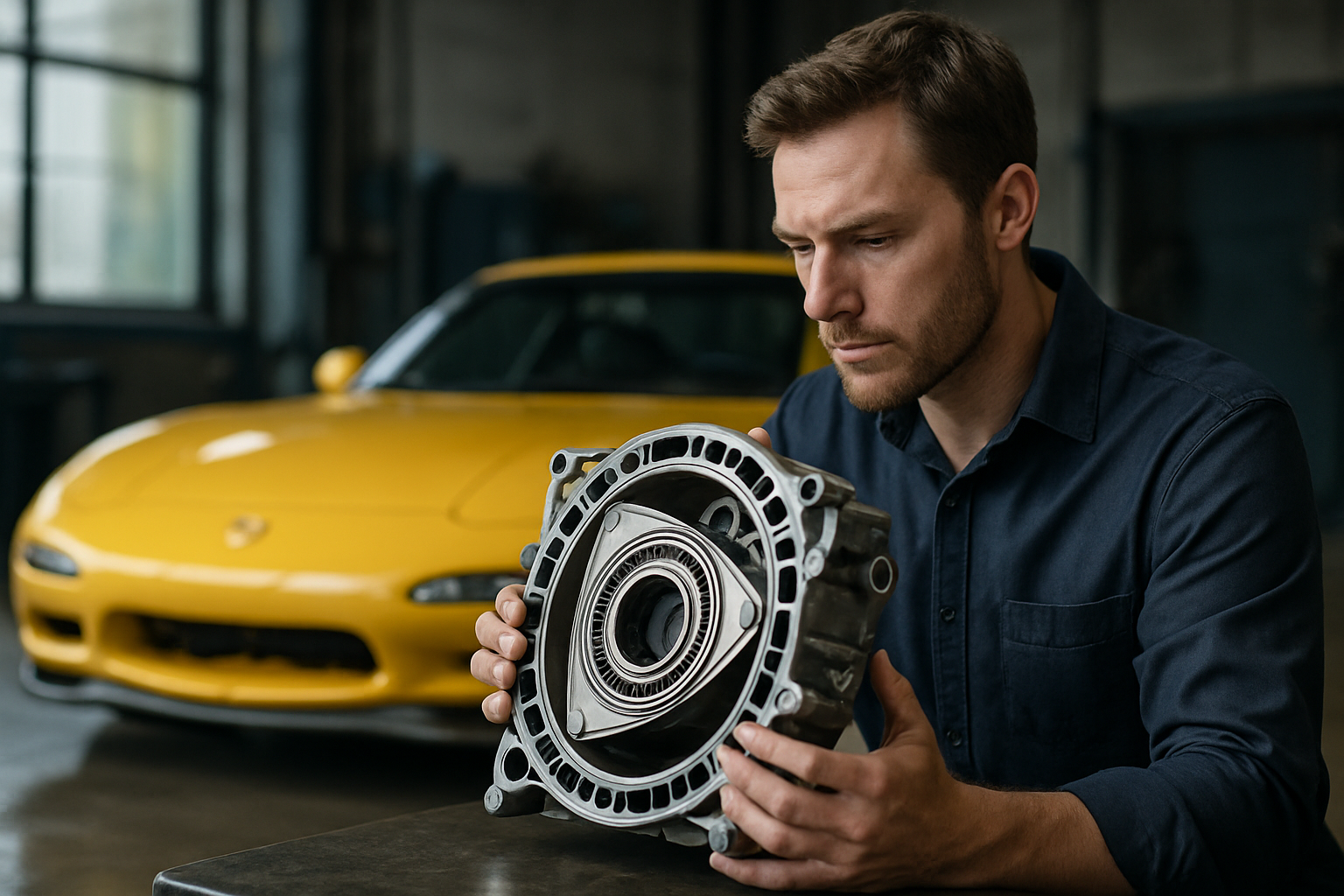Rediscovering the Magic of Rotary Engines: A Journey from the Past to the Future
Introduction: Rotary engines, also known as Wankel engines, have a history that is as complex and intriguing as their design. Once hailed as the future of automotive engineering, their star has risen and fallen multiple times over the decades. But are we witnessing a revival of this unique engine technology? Let's delve into the fascinating world of rotary engines.

The Birth of the Rotary Engine
The story of the rotary engine begins in the mid-20th century. It was a German engineer, Felix Wankel, who first conceived the idea of an internal combustion engine that used a rotary design instead of the traditional reciprocating pistons. Wankel’s design was revolutionary; it promised to deliver smoother power and a higher power-to-weight ratio than conventional engines. His first working prototype was operational by 1957 and was soon adopted by several manufacturers, most notably Mazda.
The Rise and Fall of Rotary Engines
In the 1960s and 1970s, rotary engines seemed to be the future of automotive engineering. They were lighter, more compact, and offered superior power delivery. Mazda’s rotary-powered cars, including the legendary RX-7, were celebrated for their performance and unique character.
However, the rotary engine had inherent flaws. Its unusual design led to poor fuel efficiency and high emissions, issues that became increasingly problematic as environmental regulations tightened. By the time the 1980s rolled around, most automakers had abandoned rotary engines in favor of more efficient and environmentally friendly alternatives.
The Unexpected Resurgence
Fast forward to the present day, and the rotary engine is experiencing something of a renaissance. Mazda has announced plans to reintroduce a rotary engine as a range-extender in its electric vehicles. This use of the rotary engine takes advantage of its compact size and smooth operation, making it an ideal complement to an electric powertrain.
Harnessing the Potential: The Challenges Ahead
The resurrection of the rotary engine is not without its challenges. The same issues that plagued the technology in the past—high emissions and poor fuel efficiency—still exist today. However, advancements in technology, such as improved sealing and better thermal efficiency, have the potential to mitigate some of these problems.
The Future of Rotary Engines: A New Chapter?
The story of the rotary engine is far from over. While the technology may never regain its former prominence, it has the potential to play a crucial role in the future of automotive engineering. Whether as a range-extender for electric vehicles or in some yet undiscovered application, the rotary engine’s unique advantages mean it still has much to offer.
In conclusion, the journey of the rotary engine, from its conception to its fall from grace and potential resurgence, is a testament to the ever-evolving nature of automotive technology. It’s a reminder that sometimes, in the quest for progress, we may need to look to the past to find our way forward.





